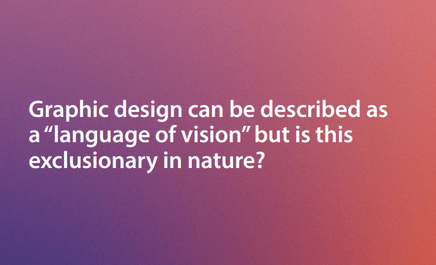Perceptions of safety in public space impact on the way women and girls carry out everyday activities. If women (or men) feel unsafe or stressed in public space, it can outweigh the benefit of being there. Plus it impacts on activities such as employment, education and access to health services.
One of the targets for the gender equality goal (SDG #5) is “the elimination of all forms of violence against all women and girls in public and private spheres”.

The issue of gendered violence is rarely out of the news. The UN’s Sustainable Development Goal (SDG) number 5 is about gender equity. This is not just a human right, but a foundation of a peaceful world. In 2025, globally, we are clearly a long way from this.
Researchers at Monash University used a crowd mapping system to understand women’s equity and access to public space. Two case studies were carried out – one in Victoria and the other in New South Wales. The name of the project was YourGround.
The Victorian project surveyed women undertaking exercise and recreation activities. The New South Wales study included engagement by women and gender diverse people. This one looked at any type of activity in public spaces – streets, parks and transport hubs.
Voices of marginalised people
Digital technology and smart phones enable researchers to collect information about the real lives of individuals. It is a good way to overcome the standard data-gathering techniques that have left marginalised voices unheard.
YourGround was web‐based, accessible by digital/smart devices, and designed to reduce the barriers to engagement by using interactivity and visuals. Easy access to the survey and anonymity was critical for harvesting the stories and concerns of as wide a range of women as possible.

While this method relies on access to smart phones, the usage in Australia is extensive, although noted there are some internet gaps in rural and regional areas.
Women scan and read the environment
Women learn to ‘read’ public spaces for clues relating to the risk of being there. They read both physical and social aspect for these clues. Women look for lighting, space conditions, amenities and facilities. They check out what others are doing in the space and how many there are. This scanning is often in the context of the personal history of each woman.
Women are sensitive to the ‘vibe’ of a location and concerned with visibility. Along with gender-diverse people, women experience feeling of being unsafe and excluded in public space. They need a strong sense of belonging to exercise their right to be free of the threat of violence from men.
Women limit their engagement with public space
Public spaces that encourage longer stays and diverse activities received positive reviews from participants. In contrast, unsafe places were predominantly used for a single activity, suggesting that these locations were far less welcoming.
If a place felt unsafe, participants were reluctant to do anything there but pass through. Some noted that they did so as fast as possible if they were unable to avoid the location. Participants also avoided some places if they could, or only go with someone else. Tunnels and underpasses felt particularly unsafe along with poorly maintained pathways.
The title of the article is, Participatory Interventions: Digital Crowd Mapping Perceptions of Safety in Public Space. It is in a special edition of Urban Planning, 2025 Volume 10 titled, The Role of Participatory Planning and Design in Addressing the UN Sustainable Development Goals.
From the abstract
Current estimates indicate the world will not achieve the United Nations SDG goal of gender equality by 2030. It’s more likely to take another 70 years. The number of global crises bring a sharp focus to gender disparities. The issues of unequal access and opportunity are more stark. Prioritisation of gender equality is imperative to the sustainable development of cities, regions, and rural communities.
This article presents a case study of the YourGround project using an interactive, geolocative digital crowd‐mapping platform. This is a participatory method for gathering insights into perceptions of safety among women and gender‐diverse people in public spaces in Victoria and New South Wales, Australia.
The YourGround method of data collection and feminist co‐design democratises the research process. It amplifies marginalised voices, and avoids the hazards of the technology controlling the methods.
The findings underscore the nuanced and context‐specific nature of gender inequality in public spaces. They highlight the pervasive impact of social and environmental factors on safety perceptions and access in both urban contexts and rural areas.
The YourGround project provides city planners, urban designers, and community members, with a gender‐sensitive lens developed by the expertise of people from the community.




















